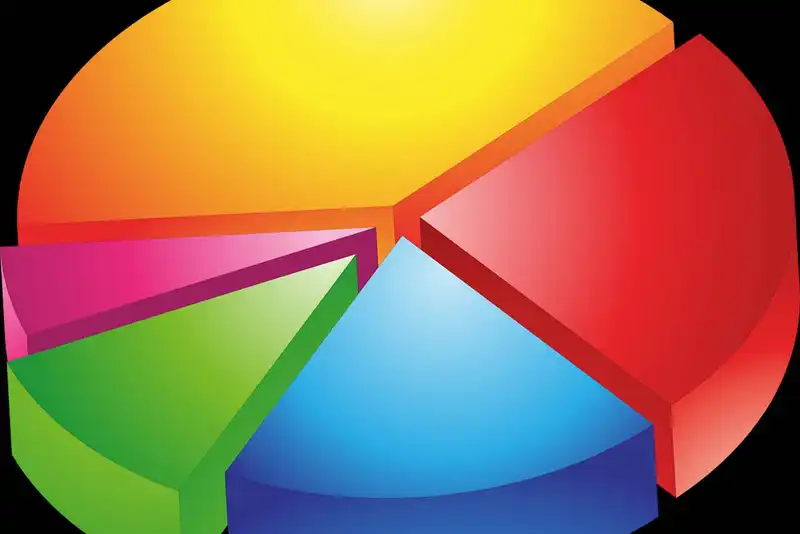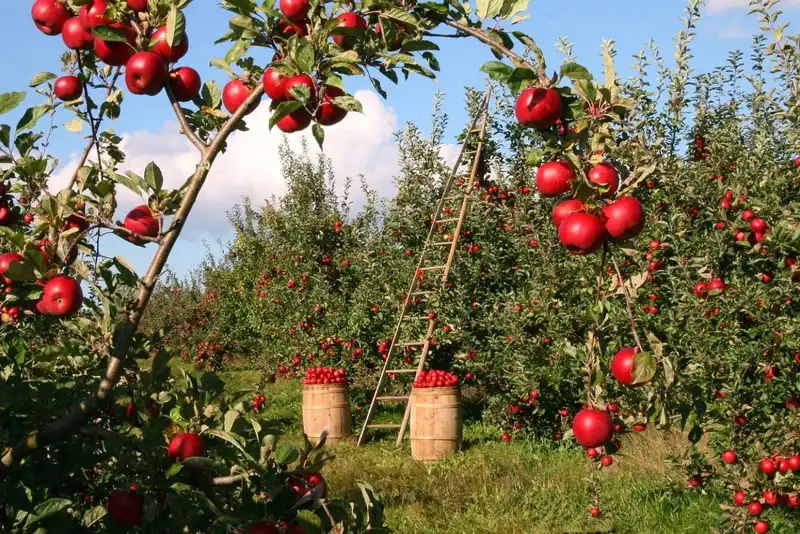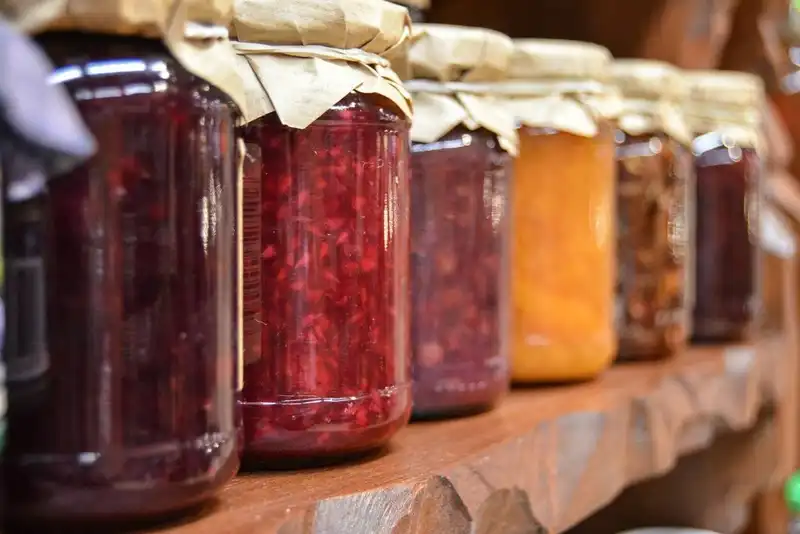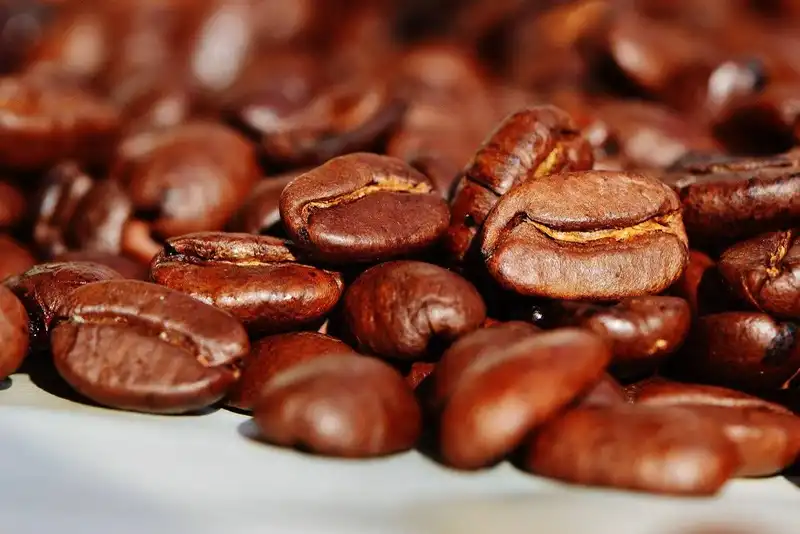Reviewing Supply and Demand

What is Supply and Demand?

Supply and demand are the interaction between suppliers and consumers within the market. Supply and demand curves determine the market price and quantity demanded for goods and services.
Any changes to supply and demand has an effect upon the equilibrium price and quantity good sold. Its also an incentive for producers and consumers for price rises.
Supply is the amount of goods being sold by producers for the market. A higher price is more profitable for so making supply curve slopes upward.
Demand is the quantity demanded by consumers. A lower price will shift demand up while a higher price product price will be in less demand.
Supply and Demand in the Restaurant Industry
Supply and demand is the driving force for all businesses, including restaurants. To be a successful restauranteur it's important to have an understanding of supply and demand and their impact on the restaurant industry.
Supply Side
The supply side in the restaurant industry refers to the amount of restaurants available within a regional, national or local market. To be profitable, avoiding a market with an oversupply of restaurants is a good strategy. If the supply is oversaturated it will lower price of demand. When the supply price is low it becomes difficult to earn a profit.
Demand Side
Customers are the demand side in the restaurant industry. They are the ones who products are sold to. The only way an oversupply of restaurants can occur is when the number is greater than the customer demand. For example, if a dozen or so restaurants are set up in a town with a small population, it may exceed demand.
The Importance of Supply and Demand

Understanding the importance of supply and demand is the difference between earning a profit or not.
Supply Risks
Restaurant managers need to know how supply and demand impact their suppliers. If demand for a certain product falls off the usual supply chain may no longer have the usual inventory necessary for certain menu items. This can have a negative financial impact.
Pricing
Managers will change price based on quantity demanded. A balance needs to be established at the intersection of supply and demand known as the equilibrium point. The product's value should balance with what customers are willing to pay in order to consider price increases. For example, if 100 units of a product is being supplied but the consumer demands are 150, the demand price goes up because the product is popular.
Shortage and Surplus
Understanding curve demand helps establish the number of units that need to be ordered. Researching market price, demand curves and sales figures helps avoid a shortage. It also allows restaurant managers to have a firm inventory count that meets demand.
Seven Ways Supply and Demand Matter to Business
Any profit seeking business enterprise will need to know the impact of supply and demand. These are seven specific reasons why supply and demand matter to a business's future.
1. Pricing
The supply and demand curve has a direct impact on the pricing structure for the products and services offered. A lack of product demand forces a shift where a lower price must be offered to generate sales. On the flip side, if supply is low a higher price might be initiated.
Businesses focus on achieving an equilibrium price by finding the intersection of supply and demand toward equilibrium where the price point is just right.
2. Competitiveness
The restaurant industry is a competitive marketplace. Supply and demand factors into that competitiveness in a big way. For example, if there's a shortage on supply and customers can't obtain what they want, they'll seek it from a competitor.
Lower demand for a product can open the door to an alternative product, thus enabling an opportunity to shift demand curve. Restaurants may also lower price to unload the quantity supplied by their distributors in an attempt to drive up demand.
3. Expansion
Supply and demand is a deciding factor when considering expansion. If there is high demand for a product the opportunity for expansion is clear. Increasing capacity to meet growing demands makes sense.
However, if demand is low it can cause things to slow down considerably. Layoffs and forced closure of factories becomes necessary. Achieving a consistent balance between supply and demand is the way to expansion.
4. Marketing
Good marketing can shift demand for a product up. Once the customer has a desire for this product or service the it justifies a higher price which will increase revenue. Marketing and demand have a symbiotic relationship that feeds supply as well.
5. Inventory
Supply and demand is the key focus for companies selling physical products. An oversupply with low demand will put a strain on inventory budget as costs escalate.
If the supply is low and cannot meet demand it can cause customers to shop elsewhere. Accurate inventory management is crucial for maintaining a balanced supply and demand.
6. Financing
Investors and lenders can be attracted to a strong price equilibrium from supply and demand actions. This can lead to a financial backing that helps to improve a businesses bottom line.
However, if the supply and demand is unbalanced it can cause current investors to pull their money. Struggling to attract outside investors can be a hard financial impact. Having secure financing in place helps build stronger relationships within the food supply chain.
7. Salaries
If demand is high and a higher price is tagged on the product it can create additional revenue to the business. This provides some leeway to offer higher salaries to top notch talent.
The number one financial impact most restaurants face is high turnover rates. Having the ability to offer higher salaries creates employee satisfaction which lessens turnover and can boost productivity.
Supply and Demand 7's for Business: 1. Pricing
2. Competitiveness
3. Expansion
4. Marketing
5. Inventory
6. Financing
7. Salaries
These instances can all shift supply orders. The business then has to have either a higher price or lower price to maintain price equilibrium for the quantity supplied.
What Are Supply and Demand Curves?

In a free market, prices and quantities shift towards the market equilibrium. To set a proper market price the equilibrium price needs to be found first before considering the supply demand curves.
The equilibrium price is the intersection of demand and supply quantity meeting as equals. In other words, there is no shortage or surplus of supply.
It's also important to remember that not all products react the same way in the marketplace. The demand price can either be a higher price or a lower price depending on the demand for the product. This is called "price elasticity."
If the demand for a product or service is more elastic in nature adjustments should be made to the demand curves to increase revenue. That doesn't necessarily mean to price high. Improving production methods or economies of scale could be changes to consider.
Supply can shift due to increases and decreases in volume. For example, in a supply decrease, the supply curve will shift left. If the supply increases, the supply curve shifts to the right. These changes have an effect on the equilibrium price.
Types of Supply and Demand Curves

There are different relationships between price and demand levels. Shifts in the demand curve can occur due to these four determinants changes-
- Buyer Income
- Buyer Preference
- Buyer Expectation
- Price of related goods or services
Elastic Demand
An elastic demand is just as it sounds- stretchy like a rubber band. A price decrease can cause an increase id demand supply. The quantity demanded will fluctuate with even minor price changes. If demand is perfectly elastic, the curve is represented by a horizontal flat line.
Inelastic Demand
Inelastic demand won't increase quantities purchased if there is a price decrease. An inelastic curve looks like a vertical straight line.
Market Demand Curve
A market demand curve is the quantity demanded by the full market for a specific category of goods or services. Something like the price of gasoline would fall under the market demand curve.
Supply and Demand- Which is More Impactful?

Both supply and demand impact economics.
- Supply is the total of goods or services available to consumers.
- Demand represents the consumers interest in purchasing the goods or service.
Supply and Demand Determine the Price of Goods
When consumers exhaust the supply of goods it can lead to an increase in demand. When demand increases, supply will then decrease. If the supply continues to fall prices can increase. However, the reverse is also true. When there is lack of demand, prices can decrease.
Consumer Behavior Influences Demand
An equilibrium price determines product development and production for some businesses. By analyzing market trends the developers can how consumer behavior is influencing sales. Then the company has a better idea of how much supply to create to meet the demand.
Wrap-up to Supply and Demand

- Supply is how much of something is available. Demand is how much of it people want.
- Changes in the following factors can cause demand to shift- consumer income, preference, price, population and availability of goods.
- Changes in supply can result from- production costs, technology, industry changes.
- Supply and demand both impact the prices of consumer goods and services within an economy.